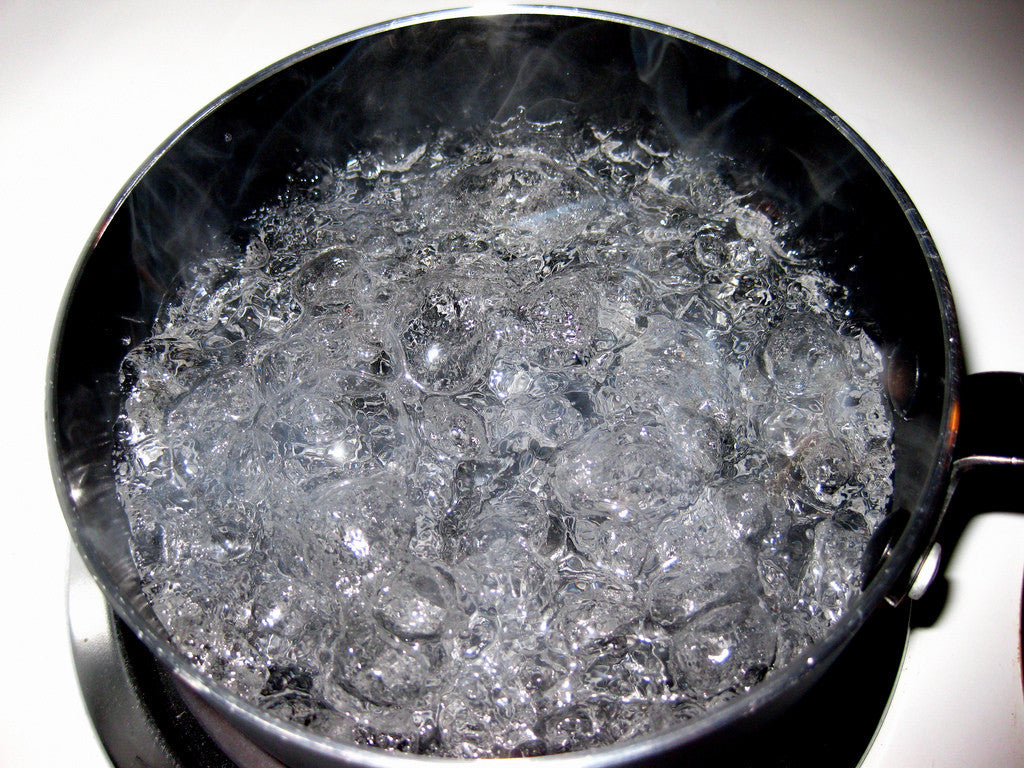
My wife just asked me if I had any good recipes from my Chinese Grandmother. I had to think about it for a minute and then came to the realization that my Grandmother, Uncles, Aunts and Cousins never use recipes. For me it is strange to not use recipes, so I asked my mother about it and apparently recipes are more of a "Western thing." The way the Chinese avoid using recipes is that they have some basic rules they apply to all of their cooking. For example, adding oil to their meat before stir frying it lets you avoid measuring the amount of cooking oil to use. Another stir fry "measurement" they use is to add soy sauce to the uncooked meat until a certain color is achieved. The Chinese also have certain rules they apply to the water they put in their tea. It kind of has funny names (because they are based off of "eyes" that Westerners almost never see). Once the water reaches these "eye" stages they know what the temperature is and what tea to brew them with. The only caveat to using this method is you need either a clear kettle, a kettle with no lid so it is visible or you need to boil your water on the stovetop in a pan.
Here are the 5 different stages of boiling water, according to the Chinese:
1) Shrimp Eyes
Shrimp eyes are how the tiny, pinhead sized bubbles are described. It is the point where you first start seeing bubbles in the water. This mean that the water is around 160 degrees, making it perfect for some really delicate green teas such as Japanese Senchas and Gyokuros.
2) Crab Eyes
Crab eyes are slightly larger bubbles. The important thing to note is that small wisps of steam will start to rise at this point in time. This means the temperature is roughly 175 degrees and it is well suited for Chinese green teas, green oolongs and white tea.
3) Fish Eyes
In this stage, the water bubbles will be the size of small pearls or fish eyes. The rising steam will be stronger and if you are using a kettle it will just barely make some noise. This water is roughly 180 degrees and is good for some heartier green teas and white teas, such as Gunpowder and Bai Mu Dan.
4) Rope of Pearls
This water is around 200 - 205 degrees. The bubbles should be streaming to the top and it should almost be boiling. This water is good for darjeelings, black teas and dark oolongs.
5) Raging Torrent
This water looks like rapids in a raging river. It is bubbling violently with swirling and rolling bubbles. At this stage you have to be careful of de-oxygenating the water, according to the Chinese. This is the temperature that puerh should be steeped with. So there they are, the 5 stages of boiling water that the Chinese use to make tea. I would give it a shot at least once on a rainy day. If anything it is quite Zen to watch the bubbles grow. And Zen is always nice.
Photo: www.flickr.com/photos/sterlic/2835202400
5 Responses
Anonymous
That is fascinating! Thanks for the photos and explanation. Since I use an electric kettle, I never see the water boiling… but maybe I’ll boil it in a pot sometime soon.
Marcus Stout
Depending on the electric kettle, some have a top that you can keep open so you can watch the bubbles.
Evelin Saxinger
Just found your site. I’m a tea lover and this is a great description of water temperatures! Thanks for the helpful information.
max
If you have a glass electric kettle(where u can watch the bubbles). Does this method still work? The water boils at a different rate and the bottom of the kettle would be a different temperature than what the pan would be at.
Leave a comment
Comments will be approved before showing up.
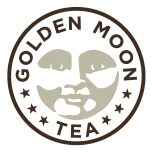

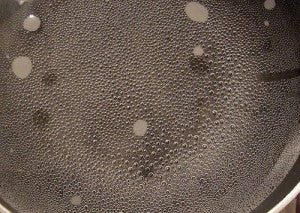



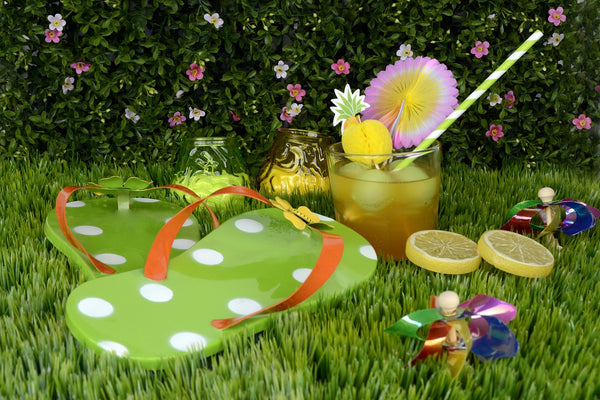
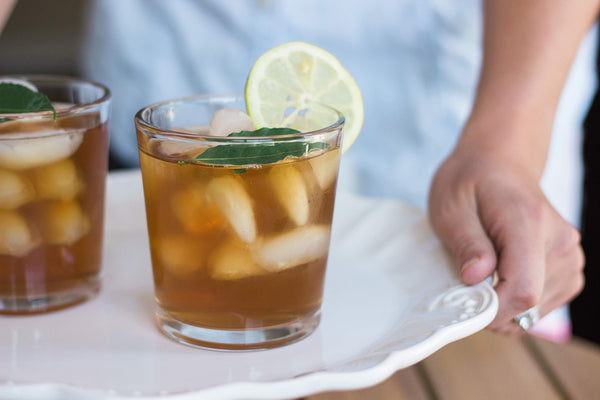
Jon
January 23, 2017
I was using a thermometer, but I accidentally dropped it in the water ruining it. Now I just watch the bubbles. Thanks for the info ☺